The Pico Microscope is the world’s most advanced electron microscope and is located on Tenerife in the Canary islands. It can magnify a billion times.
PICO Microscope Large Hadron Collider
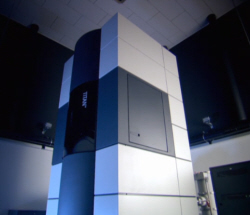


The Pico Microscope is the world’s most advanced electron microscope and is located on Tenerife in the Canary islands. It can magnify a billion times.

The MAGIC (Major Atmospheric Gamma-ray Imaging Cherenkov) telescope stands guard looking for violent explosions in the cosmos.
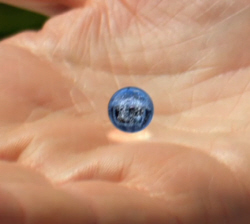
Horizon explores the science of exploring the ever smaller. Splitting the atom was a start, but today’s small universe challenges technology.
We were taught about protons neutrons and electrons, we were also taught that these basic elements could be divided no further.
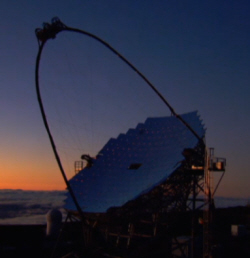
Using the MAGIC telescope to capture photons from the gamma ray bursts appears to indicate that the speed of light is not constant.
Through a wonderland of extra dimensions and multiple universes, down to the smallest place in the universe, a place that could change the face of physics.
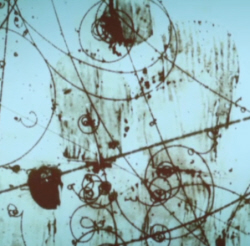
Scientists have proven that it is possible to split fundamental particles, like electons, into spinins, orbitons and holons.
The electron has, in one sense, been split in three. But it’s a measure of just how weird things are down here that it still considered to be fundamental.
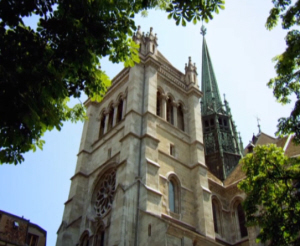
Professor Andy Parker hopes to create a transitory micro black hole, in the lab, by colliding protons at very high energy. A question of Scale.
From a great height, the tiny people seem to live in two dimensions. But if we zoom into the same scale as the ant people, you realise they can actually move up and down as well.
By continuing to use the site, you agree to the use of cookies. more information
The cookie settings on this website are set to "allow cookies" to give you the best browsing experience possible. If you continue to use this website without changing your cookie settings or you click "Accept" below then you are consenting to this.